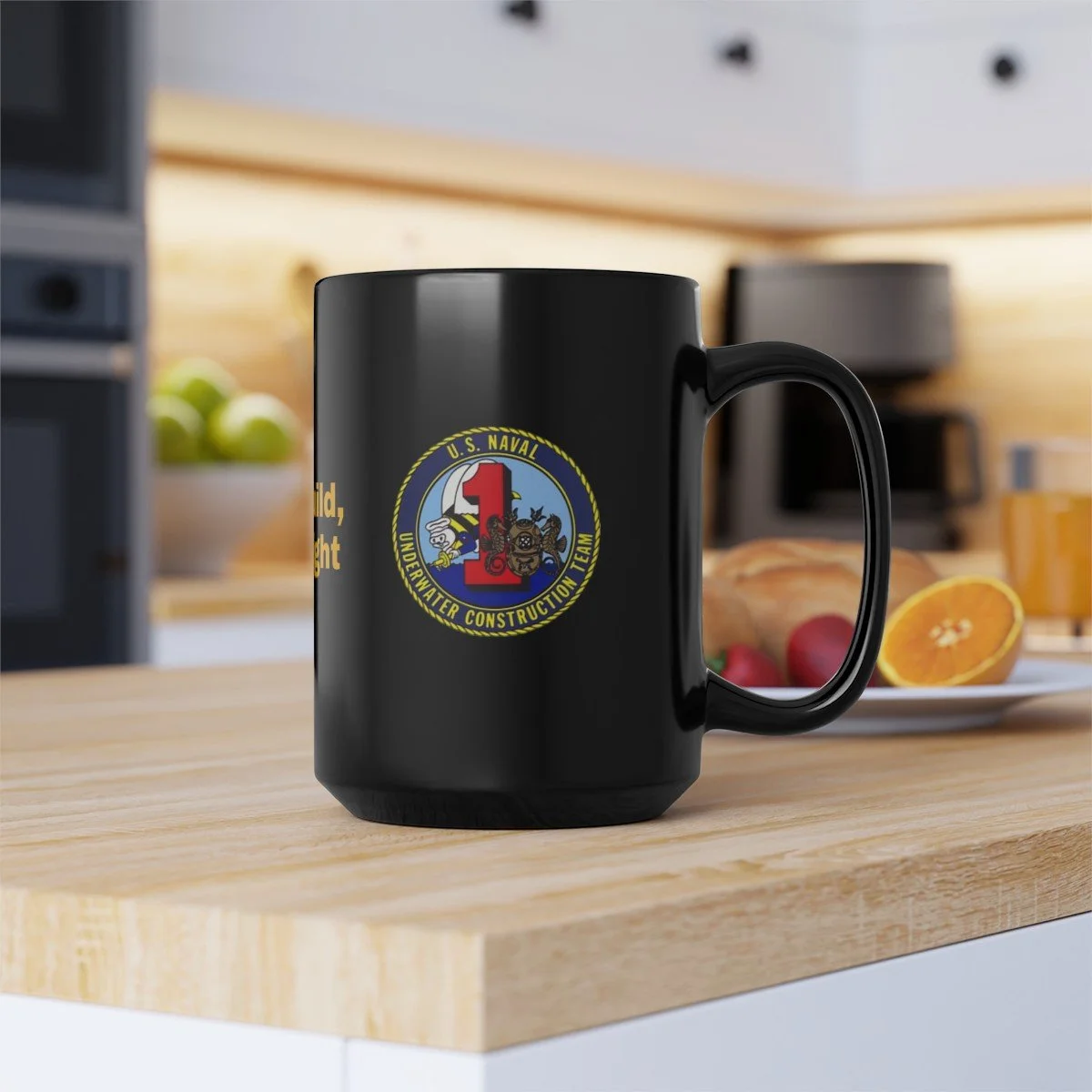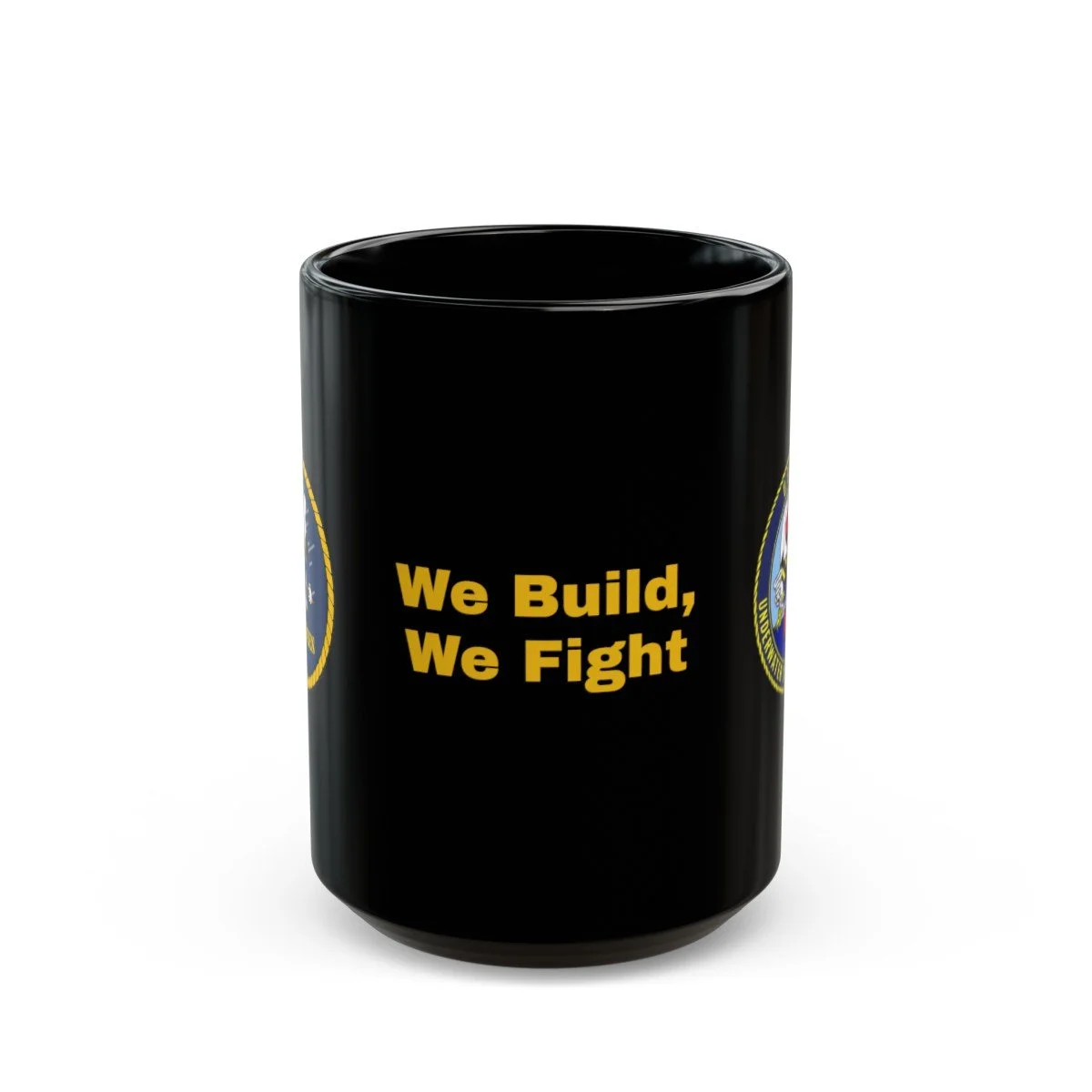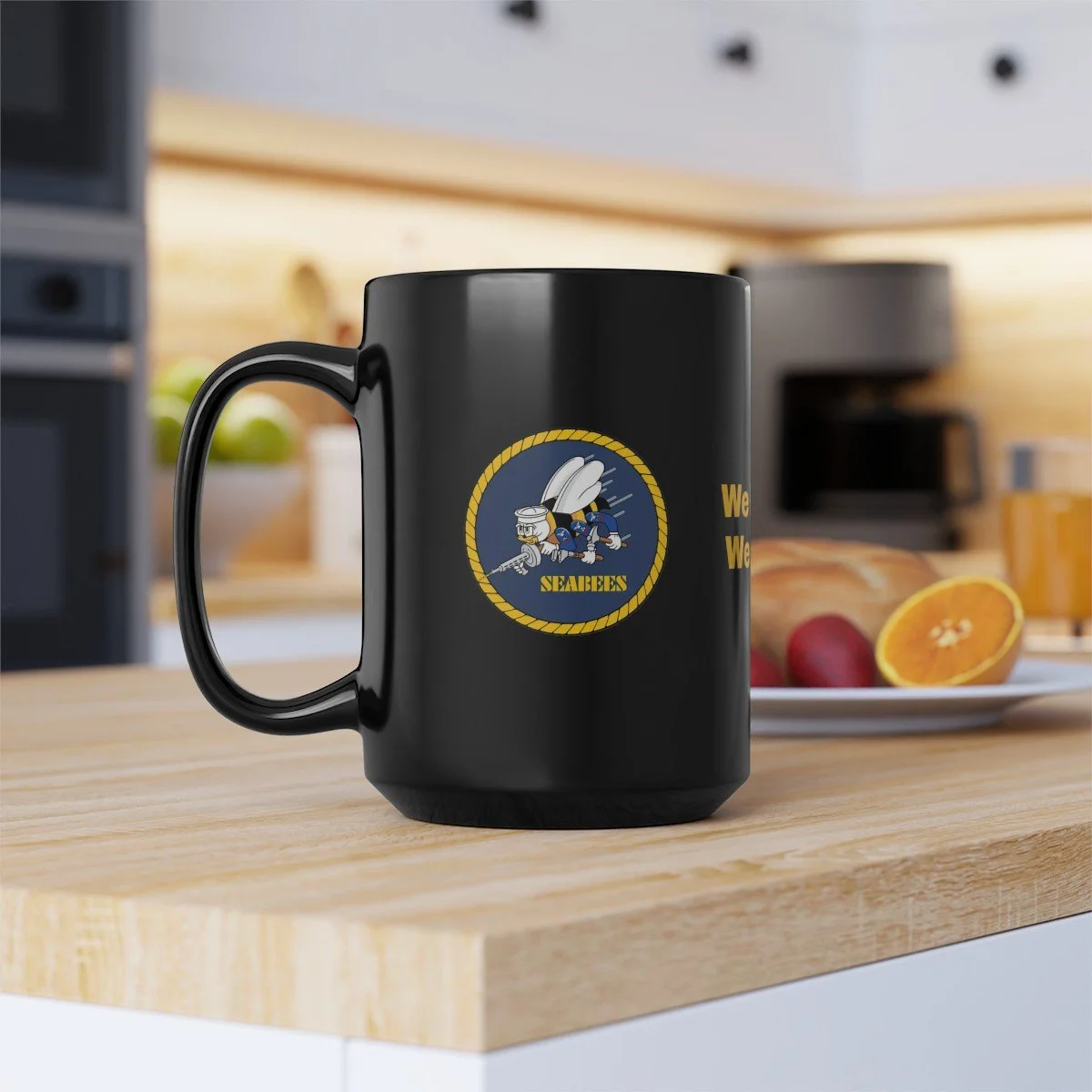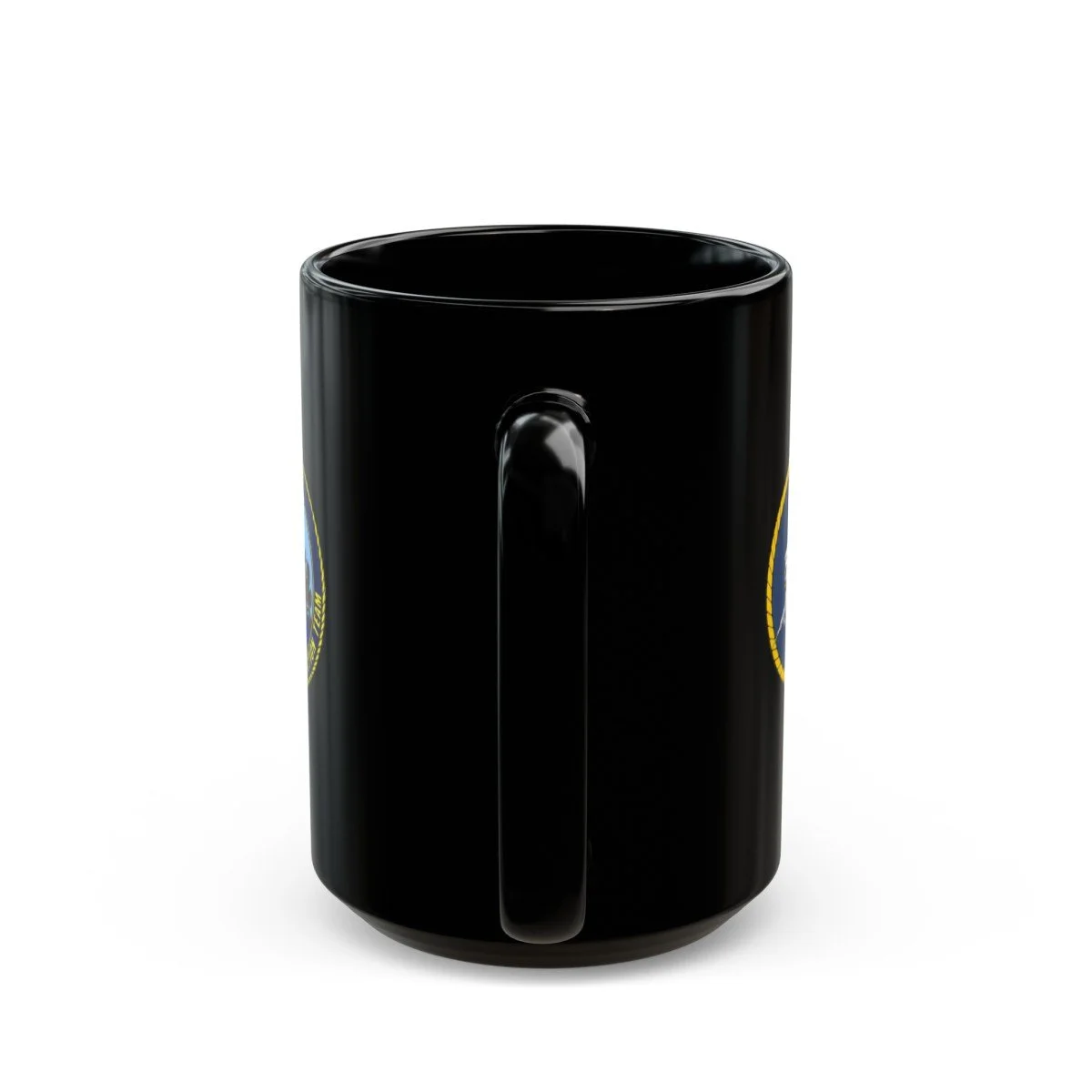 Image 1 of 4
Image 1 of 4

 Image 2 of 4
Image 2 of 4

 Image 3 of 4
Image 3 of 4

 Image 4 of 4
Image 4 of 4





Underwater Construction Team One (UCT-1) / Seabee Emblem / "We Fight, We Build" 15 oz Black Ceramic Coffee Mug
Sip your coffee proudly from your UCT-1 Seabee 15 oz Mug. It’s BPA and lead-free, microwave and dishwasher-safe, and made of black durable ceramic. .
Material: 100% ceramic with a glossy finish .
15oz .
C-shaped easy-grip handle .
Microwave and dishwasher safe .
Lead and BPA-free UCT-1
History SEABEE divers, integral to the U.S. Navy since World War II, originally supported beach clearing operations for amphibious assaults by utilizing their skills in blasting and diving. These early units evolved into Underwater Demolition Teams (UDT), and currently, Underwater Construction Teams (UCT) carry forward this legacy. UCTs are specialized in using explosives and other methods to clear obstacles, blast coral reefs, and undertake inshore tasks to create navigation channels and mooring facilities for ships. During the 1960s, SEABEE divers contributed significantly to "Man-in-the-Sea" programs, such as SEALAB II and TEKTITE II, marking early achievements in undersea laboratory developments. The formation of a UCT under the 21st Naval Construction Regiment in Davisville, R.I., in 1969, and another under the 31st NCR in Port Hueneme, Calif., in 1971, represented key milestones in formalizing the role of SEABEE divers within the Naval Construction Force. By 1974, these units were commissioned as Underwater Construction Teams, led by Civil Engineer Corps Officers. In 1985, the UCTs were granted Command status, underscoring the importance and autonomy of these specialized units within the Navy. Today, UCT ONE is based in Little Creek, Virginia, continuing the tradition of SEABEE divers in supporting military and humanitarian missions globally.
Sip your coffee proudly from your UCT-1 Seabee 15 oz Mug. It’s BPA and lead-free, microwave and dishwasher-safe, and made of black durable ceramic. .
Material: 100% ceramic with a glossy finish .
15oz .
C-shaped easy-grip handle .
Microwave and dishwasher safe .
Lead and BPA-free UCT-1
History SEABEE divers, integral to the U.S. Navy since World War II, originally supported beach clearing operations for amphibious assaults by utilizing their skills in blasting and diving. These early units evolved into Underwater Demolition Teams (UDT), and currently, Underwater Construction Teams (UCT) carry forward this legacy. UCTs are specialized in using explosives and other methods to clear obstacles, blast coral reefs, and undertake inshore tasks to create navigation channels and mooring facilities for ships. During the 1960s, SEABEE divers contributed significantly to "Man-in-the-Sea" programs, such as SEALAB II and TEKTITE II, marking early achievements in undersea laboratory developments. The formation of a UCT under the 21st Naval Construction Regiment in Davisville, R.I., in 1969, and another under the 31st NCR in Port Hueneme, Calif., in 1971, represented key milestones in formalizing the role of SEABEE divers within the Naval Construction Force. By 1974, these units were commissioned as Underwater Construction Teams, led by Civil Engineer Corps Officers. In 1985, the UCTs were granted Command status, underscoring the importance and autonomy of these specialized units within the Navy. Today, UCT ONE is based in Little Creek, Virginia, continuing the tradition of SEABEE divers in supporting military and humanitarian missions globally.
